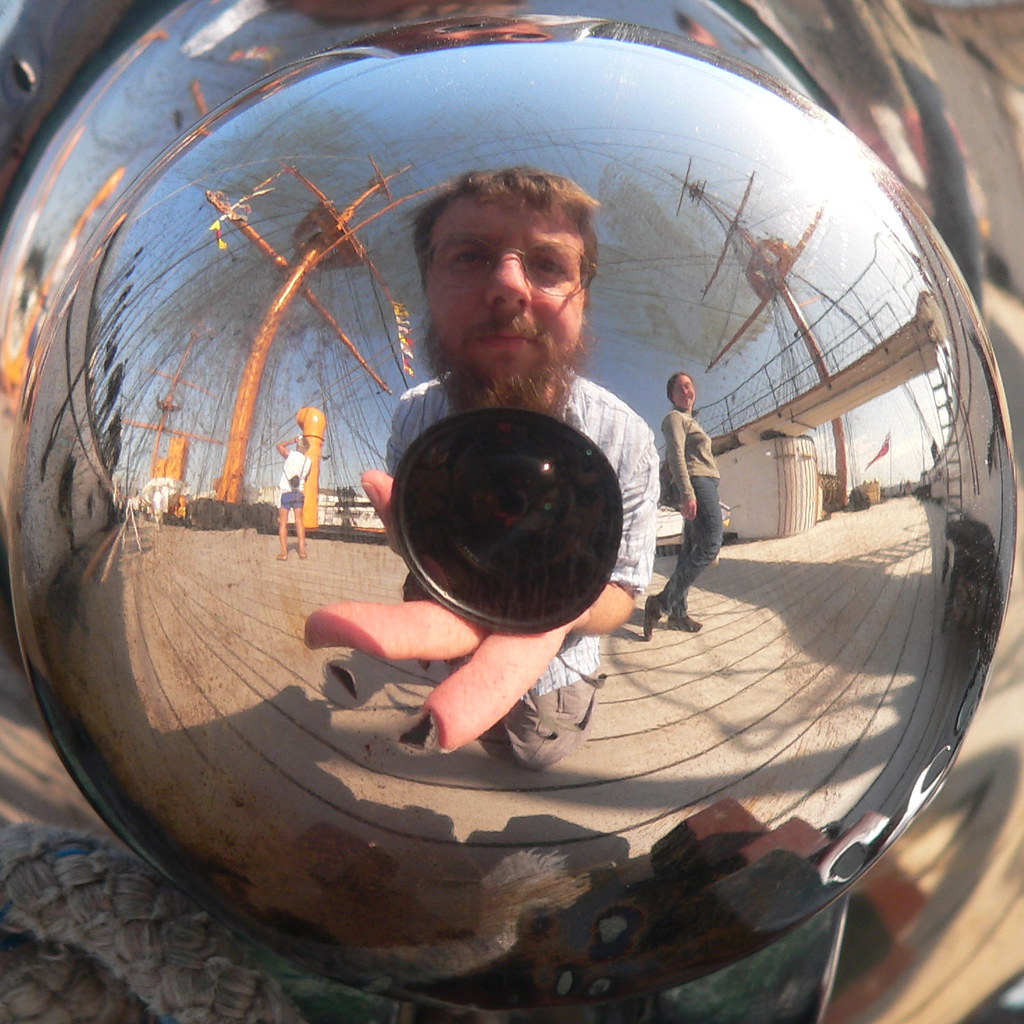This is something in the back of my mind that I have been wanting to make a post about for a long time.
One very troubling aspect of living in Europe was seeing how Romani (Gypsy) people are viewed. I have talked with Europeans that consider themselves objective, open minded and egalitarian only to be shocked at derogatory comments that they later make about Gypsies.
There is also a strange idea that Gypsies are not "Europeans;" however, they have been in Europe for over 700 years. They traveled from India through Central Asia to Europe. Incidentally, speakers of the Indo-European language family that were ancestors of traditional Europeans, also traveled to Europe from Central Asia. To add another connection, the traditional Romani language is also an Indo-European language.
There are insidious self-fulfilling cycles that reenforce negative views of the Romani. For example, I read an article a few years ago, in the US, about a physician in Europe that was Romani. He could not tell anyone he was a Gypsy or they would not come to him as a doctor; however, these same people that were his patients would see gypsies as people that do not have socially prestigious careers like being a physician. He could not serve as an example, or as a positive role model; or his practice would disappear and he would then no longer have that career.
There is also an issue about Romani families not registering their children for the public school system, etc. Before WWII there were about a million Gypsies in Europe. The holocaust killed a quarter of them, ~250,000. Part of how they were rounded up was because they had to register--at the same courthouses that stand today and insist they register again.
...I will update when a have a bit more time...
[notes to add -- recognition of Gypsy Holocaust in Europe, Gypsies as an ethnic minority, EU citizenship note]
Saturday, October 12, 2013
Tuesday, October 1, 2013
Kepler 7b "image"
The first crude image of cloud cover of an exoplant has been inferred!
A lighter color, more clouds(?), currently in the western portion of the planet from our perspective. I'm trying to think of how to describe how amazing this is. Not to be misleading, this is still a long way from what we would normally think of as an image of a planet, but it is the very beginning to starting to resolve structure of what an exoplanet actually looks like--not an artist's imagination. It is orbiting the star Kepler 7 which is--and this is an unimaginable understatement--a long way away from our solar system. Imagine if in a few years we can start to get more image resolution and piece together weather systems, continents; what about patterns of possible light pollution!
Update: Here is a link to the original article. Also, I was able to find a reference to the distance: ~1,000 light years! So it was a cloudy day, over the western portion of the planet, 1,000 years ago; we are looking back into the past because the light took a millennium to reach Earth.
A lighter color, more clouds(?), currently in the western portion of the planet from our perspective. I'm trying to think of how to describe how amazing this is. Not to be misleading, this is still a long way from what we would normally think of as an image of a planet, but it is the very beginning to starting to resolve structure of what an exoplanet actually looks like--not an artist's imagination. It is orbiting the star Kepler 7 which is--and this is an unimaginable understatement--a long way away from our solar system. Imagine if in a few years we can start to get more image resolution and piece together weather systems, continents; what about patterns of possible light pollution!
Update: Here is a link to the original article. Also, I was able to find a reference to the distance: ~1,000 light years! So it was a cloudy day, over the western portion of the planet, 1,000 years ago; we are looking back into the past because the light took a millennium to reach Earth.
Subscribe to:
Comments (Atom)
